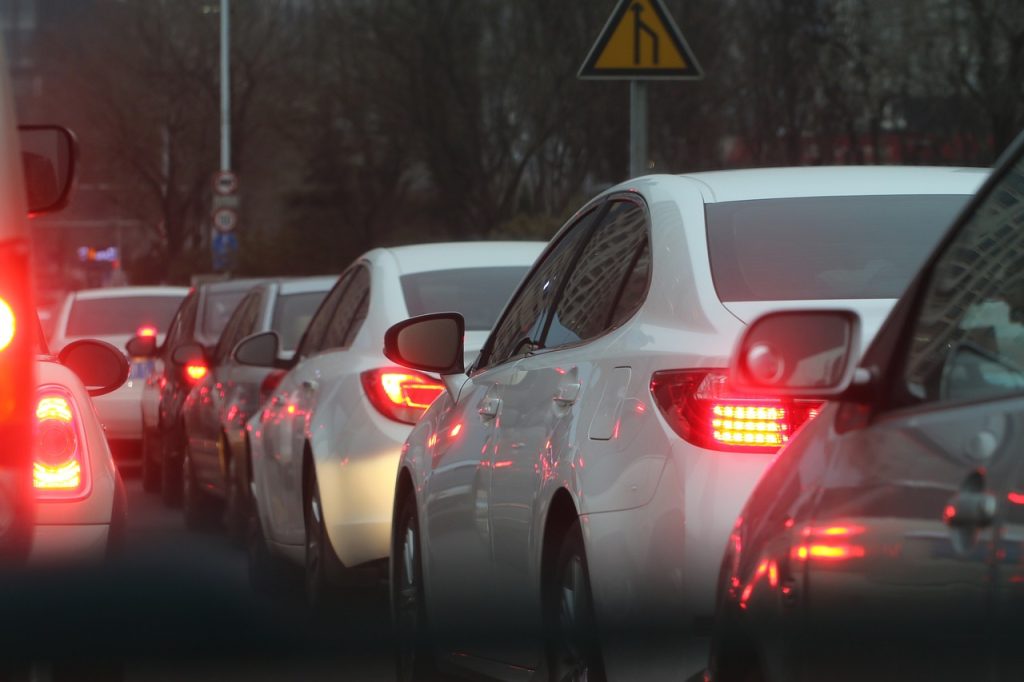Traffic congestion is becoming increasingly severe. New York and cities like London in the UK, Singapore, and Stockholm in Sweden have implemented toll systems to alleviate urban traffic congestion and improve vehicle flow.

NEW YORK, NY (Merxwire) – Driving has become increasingly inconvenient! It used to be that you only paid for parking, but now even getting stuck in traffic requires a “congestion charge” fee! New York City began implementing a congestion pricing system this week for vehicles entering Manhattan’s city centre to alleviate urban traffic congestion. During the first week of implementation, the city saw a reduction of approximately 43,000 cars per day.
Starting this week, New York City has introduced a congestion pricing system for vehicles entering Manhattan’s city centre. During weekday peak hours, a $9 toll will be charged for entering certain areas. Following the implementation of this policy, traffic in the city centre decreased by 7.5%, with around 43,000 vehicles avoiding entry into the city each day. This not only eased congestion but also allowed for smoother public transportation.
As urban populations continue to grow, traffic congestion has become a common challenge faced by cities worldwide. Many people may find it hard to believe, thinking, “They charge a fee for traffic?” But this is a solution devised by significant cities to combat congestion. While it may seem like a “punishment” for drivers, the toll limits the number of vehicles entering the city, improves road conditions and air quality, and even funds public transportation improvements, achieving a win-win result.
In addition to New York City, London, the UK, Singapore, and Stockholm, Sweden also charge congestion fees, and their methods offer valuable references.
London, UK
Since 2003, London has charged a £15 fee for vehicles entering the city centre. Drivers who fail to pay on time may face fines. The goal is to reduce traffic volume and air pollution, encouraging more people to use public transportation. However, there are some exemptions, such as electric vehicles and vehicles for disabled individuals, which are fee-exempt. London residents also enjoy a 10% discount. Although this policy has existed for many years, congestion persists due to population growth and increasing number of vehicles.
Singapore
Singapore was one of the earliest countries to implement congestion pricing, starting as early as 1975 and later upgrading to an electronic road pricing (ERP) system. This highly advanced system automatically deducts fees from vehicles passing through designated areas, varying costs depending on the time of day and the specific road. Additionally, Singapore has strict regulations for purchasing cars, requiring individuals to apply for a “Certificate of Entitlement” (COE), and the high costs of car ownership have led many people to choose public transportation, effectively reducing traffic pressure.
Stockholm, Sweden
Stockholm introduced its congestion pricing policy in 2007, focusing on the city centre. Different fees are charged depending on the time of day. However, electric vehicles, motorcycles, and public buses are exempt from the tolls. Following the implementation of this policy, traffic during peak hours in the city centre decreased by a quarter, and air quality significantly improved.

While congestion pricing is an effective policy to reduce traffic volume, it is not the only solution. Governments can also promote public transportation, improving service quality to encourage citizens to use it more. Expanding bicycle lanes, creating pedestrian-only zones, and encouraging carpooling are viable measures. Individuals can also opt for environmentally friendly commuting methods, such as walking, cycling, or using electric vehicles, to reduce carbon emissions. The application of intelligent transportation technologies, such as the Internet of Vehicles and autonomous vehicles, can also help improve urban traffic efficiency and further alleviate congestion.







